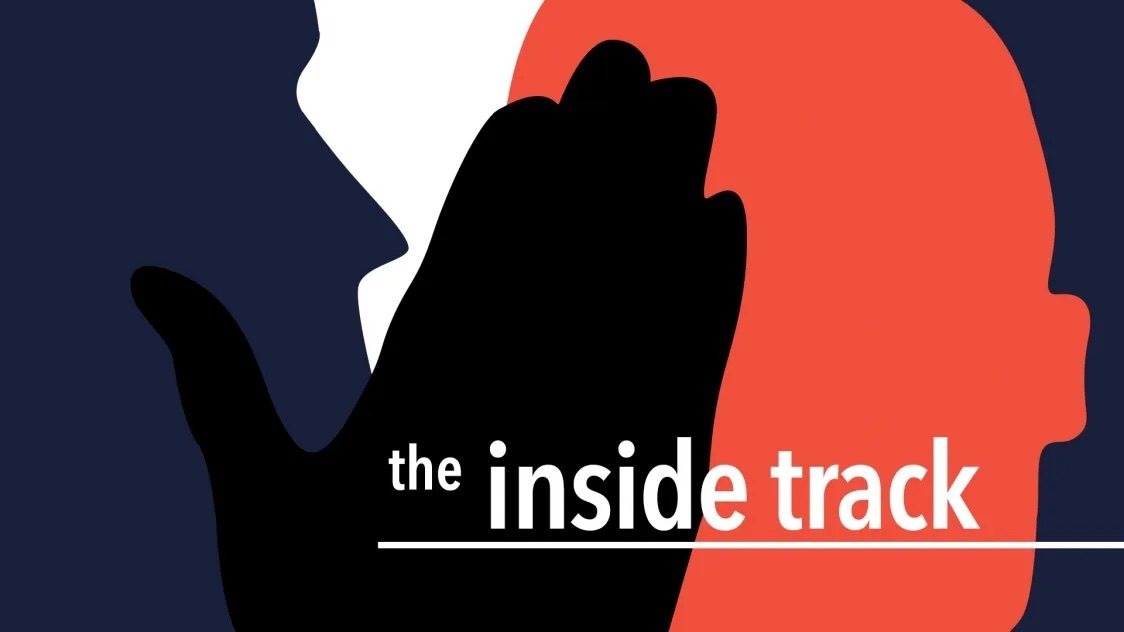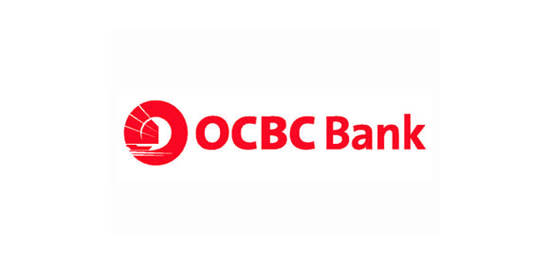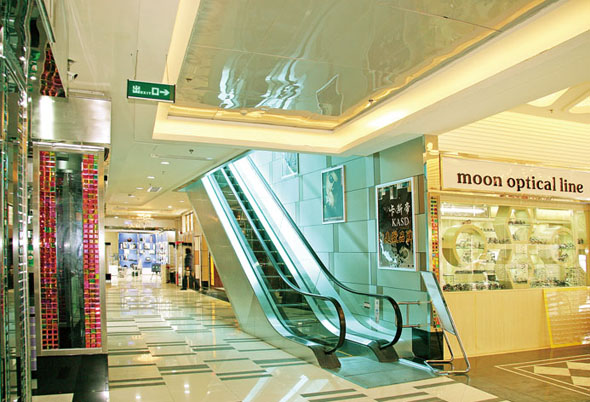For the first time since 2012, corporate investments should contribute positively to growth this year, boosted by new governmental measure to reduce charges and by the lower oil price. Coface is forecasting economic growth of 1.6% for France in 2016 and 1.3% in 2017.
Only foreign trade is continuing to weigh on economic activity. Although imports increased in Q1 (+0.5%), exports decreased (-0.2%), partly due to the slowdown in economic activity among emerging markets, particularly the anticipated recession in certain BRICS countries. In addition, structural weaknesses account for France’s decline in the global export market (3.5% since 2011).
France has only one third as many exporting companies as Germany, out of a roughly similar total number of firms. Out of every ten first-time French exporters, only three will still be exporting one year later and only one company after three years.
In terms of price-competitiveness, France lags behind Spain and Italy which benefit from significantly lower unitary costs. In terms of non-price competitiveness, France lags behind Germany, with 41% of high-end products exported (aerospace & defence, luxury goods and wine), compared to Germany’s 48%. In the medium term, corporate investments will improve export quality, although it will take several years to bridge the gap.
Insolvencies and sector risk are returning to normal levels
The economic recovery is clearly reflected in the reduction in insolvencies and a sharp improvement in sector risk. The corporate insolvency rate is returning to normal levels. According to the Coface forecasting model, the number of insolvencies will decline by 3.2% in 2016. At the end of April 2016, the year-on-year total stood at 58,846 (-4.3%), at a cost of almost EUR 3.35 billion (-8.6%).
Average turnover posted by insolvent companies have also fallen to pre-crisis levels (EUR 591,800). Insolvencies have increased only in the Central France region (+2.9%) and the Ile-de-France region (+3.0%). The peak in the Ile-de-France region, which accounts for 21% of the national total, is only partly attributable to the terrorist attacks in November 2015, as the trend began increasing before this date and concerns a broad range of sectors beyond tourism, hotels and restaurants.
In terms of sector risk, the trend has been sufficiently positive to benefit six of the twelve business sectors covered by Coface economists.
- Due to steady household consumer spending, the retail sector is the first French sector to be included in the “low risk” category;
- The automotive sector, pharmaceuticals, chemicals and transport have been upgraded to “medium risk”;
- Because the construction sector is recovering, this sector has been withdrawn from the “very high risk” category and upgraded to “high risk”.
One sector has been downgraded. Textile-clothing is now classified as “high risk”. Clothing, which represents 85% of insolvencies in the sector (+6% at the end of April), is the main cause for the downgrade, due to heightened competition and extremely strong growth in on-line sales.
Road freight transport: low visibility
Although the transport sector has improved (upgraded to “medium risk”), road freight outlook appears more uncertain over the medium term. Lately, road freight has benefitted from lower commodity prices and more stable demand, driven by the construction recovery and the healthy maritime transport industry.
The few major companies in the sector, which represent almost 80% of business, seized the opportunity to strengthen their positions and increased pressure on their minor competitors. These smaller firms were then obliged to feed gains from lower energy costs through to their sales prices.
As the sector is composed chiefly of smaller more vulnerable firms, the insolvency rate depends mainly on the impact of forthcoming legislation (the Macron law) regarding salaries and the unpredictable oil price trend. Although the number of insolvencies in the sector is currently decreasing, the creation of many new companies at the beginning of the year points to a potential peak in 2019.
Coface



















